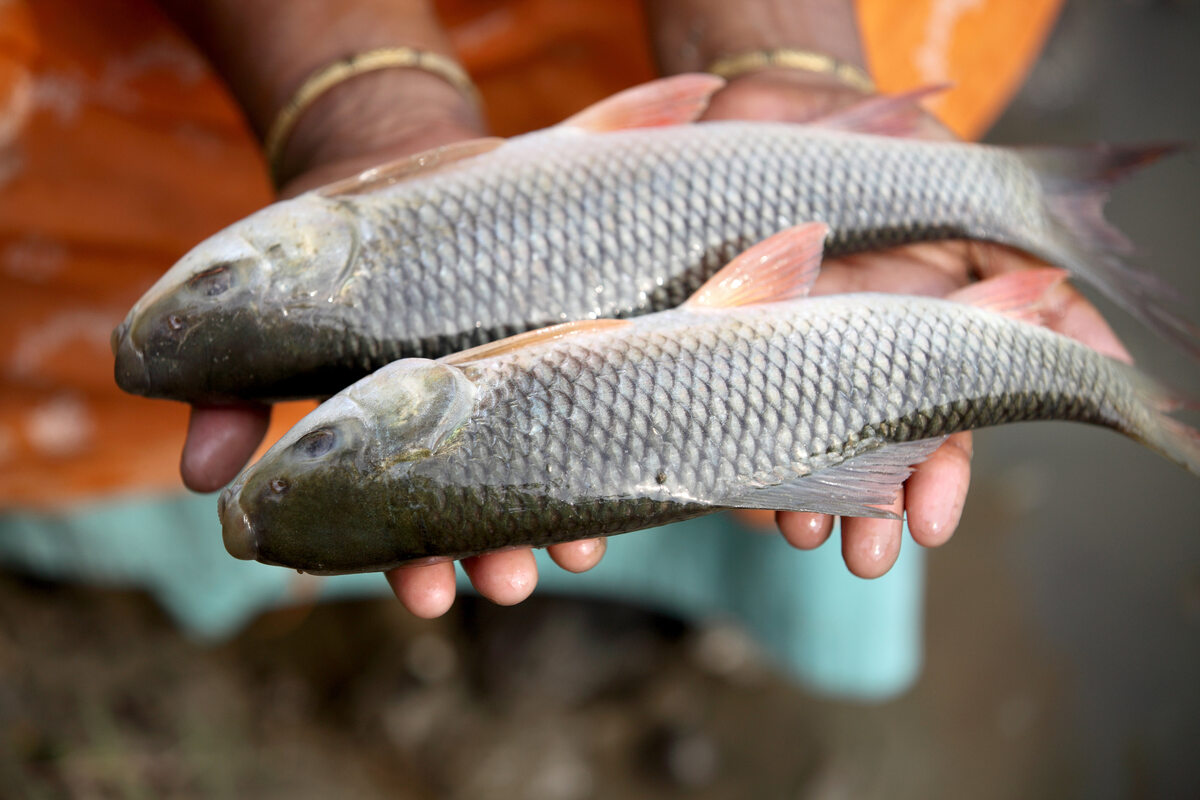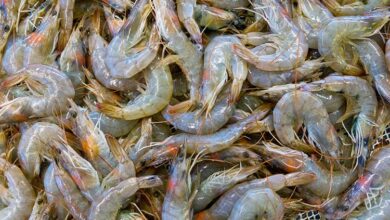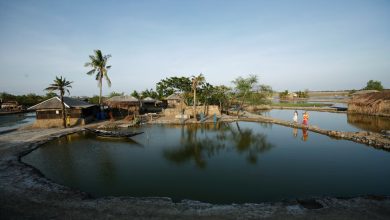
What is Selective Breeding Technique?
In an effort to increase the population’s breeding value, selective breeding involves choosing and mating only the best fish largest, heaviest, desired color, etc. in the hopes that the chosen brood fish will be able to pass on their superiority to their progeny.
Pros :
A fish farmer can enhance fish productivity in two ways: The first is to expand the fish farm, which is a highly costly method. The weight of fish generated in each pond is called yield, and increasing it is the second goal. A fish farmer can raise output in two ways: The first method involves altering the environment, such as by using more lime, fertilizers, feeds, and/or better control over water quality. Raising fish that have been genetically modified is the second. When both strategies are applied, yields can rise significantly.
Numerous breeding initiatives are available to enhance the genetic makeup of a fish population. For thousands of years, farmers have utilized two conventional methods to enhance the quality of fish they raise: selective breeding and crossbreeding or hybridization. The use of hybridization, selection, and other breeding programs by fish farmers to enhance aquaculture food fish species is still relatively new. Fish that are fundamentally wild and unimproved are being cultivated by many fish farmers, notwithstanding some advances already made.
The next generation of fish will be more valuable if selective breeding takes place because the fish will develop more quickly, increasing yields; more effectively, lowering feed costs; or all fish will have a more desirable body color, increasing their market worth.
Selective breeding can be advantageous for businesses and the environment as a means of enhancing species factors. For instance, most aquatic animals have heritable disease resistance, with an estimated 12.5 percent genetic improvement per generation. More resistant fish are better for the environment because they require fewer veterinarian treatments, which can slow the development of resistance and lower the chance that disease will spread to wild fish populations. Less wasted feed, which is sometimes the most expensive aspect of aquaculture production, and more market-driven fish supply predictability are two advantages for businesses.
Cons :
Experts believe that one drawback is the inability to manage whether or not the progeny would inherit undesirable characteristics. The majority of genetic changes that affect fish are not advantageous. Gene creation is neither controllable or regulated in this approach or procedure.
Because plants and animals are selected for particular qualities and bred with other species that share those qualities, the progeny may differ greatly from the parents. As a result, there’s a chance that some of the parents’ genes will be lost, and it might be challenging to pass them on to the following generation. This may cause genes to disappear from the genetic pool.
Programs for selective breeding need commitment, a certain amount of expertise, documentation, and additional labor. Furthermore, funding is needed for selective breeding programs; they are not free. Usually, this treatment doesn’t result in improvements right away. A farmer needs to be patient and able to integrate long-term planning into his farm management program because improvements often take at least one growing season to manifest. The presence of suitable facilities is the last prerequisite that needs to be satisfied before a farmer may carry out a selective breeding program. The biology of the species and how it is grown should be carefully addressed before deciding to execute a selective breeding program to boost growth rate, even if a farmer has the skill, ability and desire to do so.
Farhana Islam
Agriculturist, Researcher
Fisheries Resource Management, CVASU




